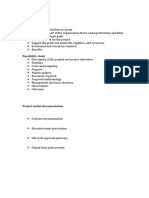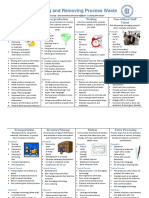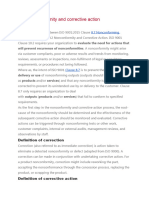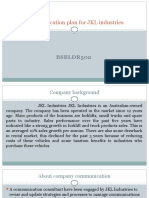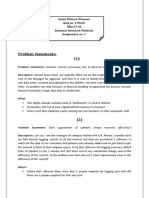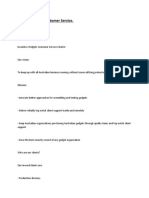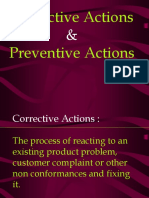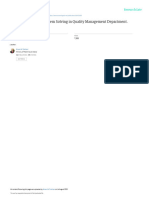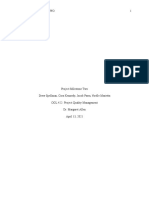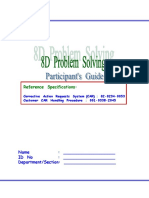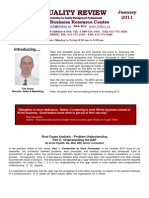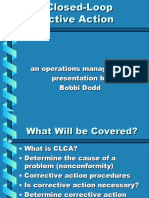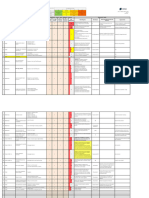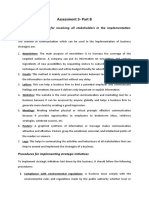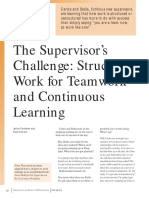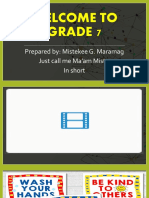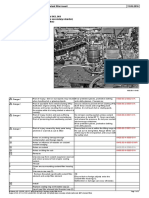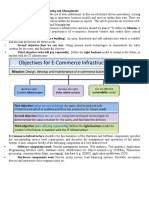Writing with Impact Assignment
Sansad Kumar Panigrhi BLP006
Furniture Company
�Executive Summary The report is to basically give the overview of problems faced by the interior and future Company . Problems are analyzed and further recommendations are given. These includes organization internal process , leadership issues and organizational dimensions. . The rootcause has been identified as a Cultural and an Operational issue.
Analysis of Current Situation Company: Drop in profitability and high material cost specially the plywood which is superior in quality. Purchase department: Cost of plywood was high so they want to shift to a lower grade of plywood, hence reducing the cost of plywood but the new one was inferior. Quality Issue: As the quality of the plywood was inferior, there were lots of issues with the finished good. Sales Department: Sales team had to face the issue of the final product splitting up during installation which lowered their sales and profit.
Root cause analysis: There were certain issues which were identified 1. No inter and intra domain communication 2. Departments working in their own way 3. Decision were made at department level and there were not aligned with companys vision 4. No defined quality standards were set for the raw material and finished goods
�Suggestions: Theory of Constraints (TOC) TOC concept can be applied to add a new perspective to solve the problem of declining profits. For example reducing cost is not the only way to improve profits. If examined properly there can be many other ways like more marketing efforts to improve sales. Below are some of the TOC tools that can be usedQuality Management System: The Westinghouse Quality Policy is "To provide products and services that fully satisfy customer, industry, and regulatory requirements." The Westinghouse Quality Management System (QMS) applies to activities that affect quality and is implemented within Westinghouse to ensure that order requirements for items and services are met. From order entry through design, manufacturing and servicing, activities are controlled in accordance with the commitments of the QMS. Westinghouse is both ASME andISO-9001 certified. Communication Management System
The CMS enables to: Store large amounts of information arising from each contact and identify the contact method. Track and report on the time taken for each response to community contact. View a 'snapshot' of a stakeholder. The CMS produces a snapshot' of all correspondence with a given stakeholder, ensuring all members of the consultation team are fully briefed during interaction with individual stakeholders. When a call is received from a stakeholder, their information can be called up including their issues of concern, history of all interactions, information on follow up actions and when they occurred. Stakeholders can be classified to identify if they represent government agencies, businesses, residents, community groups/associations etc. Instantly alert a team member that follow-up action is required. Action requests are e-mailed directly to the project team member in question by simply clicking the e-mail it button on the Action/Response screen. Generate concise, regular and ad hoc reports. For example - summarising all correspondence received in a period or reporting on all comments received regarding a certain issue. Outstanding action reports are also generated regularly to ensure that issues are tracked effectively and that all follow-up actions have been undertaken in a timely fashion. customer Gap systems:








